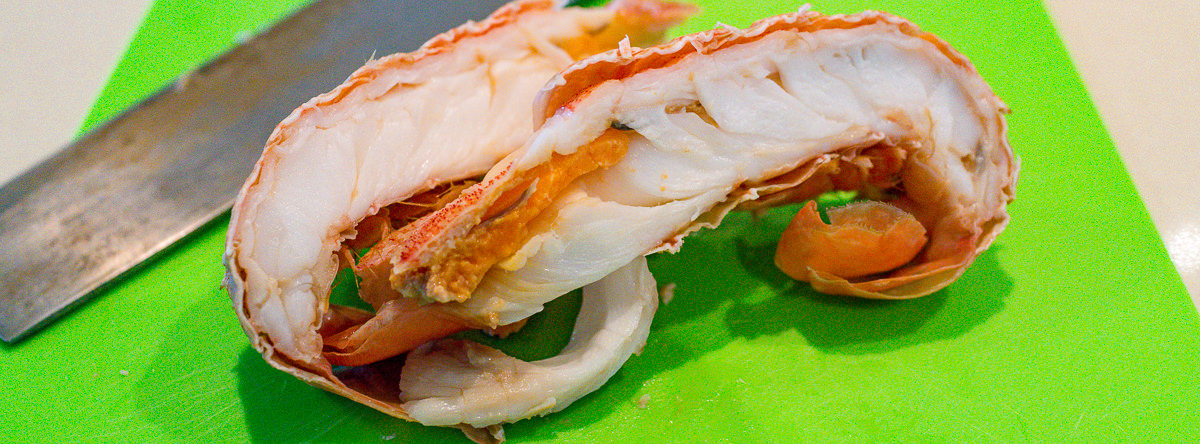Hello Reader,
It’s Autumn, which means the 2023 footy season has started.
It began well with the Storm winning Thursday night and the Broncos winning a nail-biter last night.
It was so relaxing laying in bed, daydreaming about life’s pleasures and checking the NRL app for updates.
The big game of the weekend is tomorrow arvo. The Dolphins are playing against the Sydney Roosters, and it’s the Dolphin’s first official NRL game. My eldest and youngest children will be in the crowd cheering for the Dolphins. The Dolphins supporters will be screaming #phinsup
The Redcliffe Dolphins are a well-established club (founded in 1947) in Brisbane and have produced great players like Ian “Bunny” Pearce and Arthur “Arty” Beetson.
I’ve been a Broncos fan since the team’s formation and entry into the National Rugby League (1987). When the NRL announced the 2023 entry of the Dolphins as an NRL club and Wayne Bennett would be the team’s first NRL coach, I decided to make the Dolphins my number one team.
I wasn’t sure what to cook today, so I drew inspiration from two sources. Yesterday, Lorraine posted five recipes for figs. I saw a salad with figs and pomegranates. Long-time readers know my fondness for pomegranate arils.
The second source is the CSIRO Total Wellbeing Diet Facebook support group. Last night I saw someone’s recipe for lamb shanks and marmalade.
I’ve modified the recipe because I prefer a pressure cooker rather than a slow cooker. I also used shank meat rather than the whole shank. Buying shank meat means I can portion according to weight to ensure I only eat about 150 grams per serving.
The diet is going well, I’ve spent the best part of this week under my goal weight, and this morning I reached a milestone I never dreamed possible.
In last week’s post, I mentioned I had spent the weekend in Melbourne attending and participating in a medical conference. The Royal College of Pathologists of Australasia hosted it.
Photographers were present and shot me during my talk on Friday morning.
Recipe
Equipment
- Pressure cooker
- Saucepan
Ingredients
- Lamb shank meat – I bought a 550 grams packet. This weight will give me four portions of <150 grams.
- Marmalade – I used some homemade whiskey and Seville orange marmalade. I also reduced the quantity of the recipe from the CSIRO TWD group.
- French onion soup mix – I chose the low-sodium version.
- Rosemary – foraged from the sidewalk of my street.
- Orange
- Peach
- Pomegranate
- Figs

Instructions
- Boil some water in a kettle and add two teaspoons of the marmalade and some French onion soup mix to a cup of boiling water.
- Mix the soup mix and marmalade until it forms a loose slurry.
- Add the shank meat to the cooking vessel and pour over the soup and marmalade mixture.
- Add some fresh rosemary leaves.
- Cook in the pressure cooker for 45 minutes.
- Allow the pressure to equilibrate naturally, and transfer the meat to the refrigerator.
- Sieve the cooking liquor and reduce it in a saucepan.
- The reduced cooking liquor will form a sauce.
- Wash the figs and divide them to create a star shape.
- Remove the arils from the pomegranate by beating it with the back of a cook’s knife.
- Quarter an orange and dissect out the flesh.
- Wash the peach and cut it into small pieces.
- Arrange the fruit and meat on a plate and drizzle the reduced cooking liquor over the food.
- Give thanks to the Lord.
- Eat with a fork or chopsticks.
Final thoughts
The syrupy sauce from reduced marmalade, French onion, and rosemary was exquisite.
Cooking meat on the bone will always bear more flavour. I believe that. Life, however, is about compromises, and I am willing to compromise a bit on taste to make it easier to maintain a habit. I rely heavily on routines to optimise my mental health.
If I were cooking this and enjoying it with someone else, I would use a whole shank and pull the meat from the bone after it has cooked.
I now have some lamb meat left for this week and half a pomegranate left to enjoy on Monday night with soy-flavoured poached salmon.
I hope your week to come is peaceful, joy-filled and happy.




































